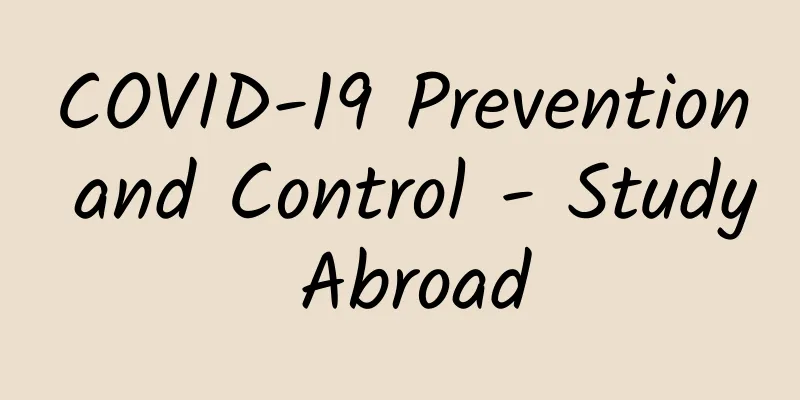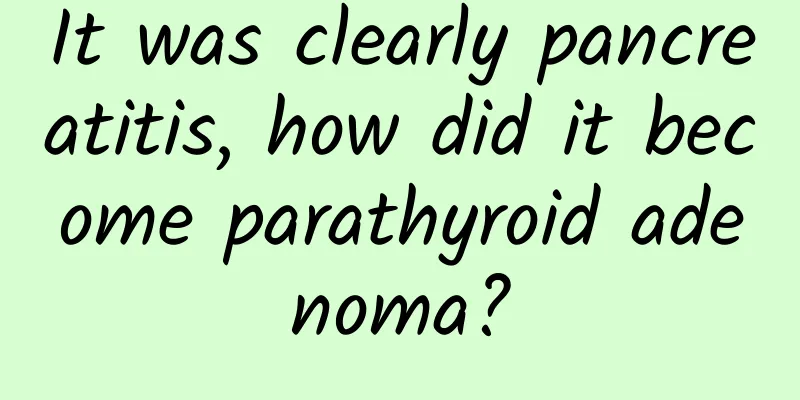Children's articulation training series popular science [Don't say /j/ as /x/]
![Children's articulation training series popular science [Don't say /j/ as /x/]](/upload/images/67f1fe540199f.webp)
|
In the previous article of the children's articulation training series, we introduced the training method of pronouncing "d" as "g". Today, the editor will introduce another common error pattern, that is, pronouncing /j/ as /x/, so that parents will not delay their children's articulation training at home. 01First, let’s look at the similarities and differences between /j/ and /x/. (1) Similarities: The places of articulation are similar. Both initials are palatal sounds, meaning that the front of the tongue touches/is close to the front of the hard palate. (2) Differences: Different pronunciations /j/ is an unaspirated affricate. The front of the tongue touches the front of the hard palate, and then releases the front of the tongue to form a narrow gap. Then, the airflow is squeezed out from the gap between the front of the tongue and the front of the hard palate, making a friction sound. /x/ is a fricative. The front part of the tongue approaches the front part of the hard palate, forming a narrow gap. The airflow is squeezed out from the gap between the front part of the tongue and the front part of the hard palate, creating a friction sound. After understanding the similarities and differences between the two initials, we can find that the main reason why children make such articulation errors is that the front part of the tongue is not lifted with enough force, resulting in the wrong pronunciation method. Therefore, the front part of the tongue does not contact the front part of the hard palate, and no blockage is formed first. The airflow is squeezed out directly from the gap, forming /x/. For such an error pattern, the training focus must first be to establish the correct pronunciation of /j/. Then, according to the children's speech acquisition rules, from single vowel single syllable → double vowel single syllable → disyllabic (front) → trisyllable (front) → disyllabic (back) → trisyllable (back) → trisyllable (middle) → sentence consolidation, gradually let the children master the acquisition. 02 Training plan 1: Tongue front lifting training 1. First, you can use a toothbrush to gently brush the front of the tongue and the front of the hard palate to promote the perception of the pronunciation position. (1-2 minutes); 2. Then place a small piece of seaweed/apply a little jam on the front of the hard palate and ask the child to lift the front of the tongue to lick the seaweed/jam. Repeat several times until the child can complete this action (5 minutes). 3. After the child can complete the above movements, guide the child to lift the front of the tongue to touch the front of the hard palate and then apply force, similar to the tongue smacking action (10/group, 5-10 groups). 4. Based on the third step, you can try to perform the original sound training of /j/, that is, the vocal cords do not vibrate. Repeat this process and adjust the training tools appropriately to enhance children's interest and enthusiasm in training. In this articulation training, remember not to rush children to pronounce, and focus on basic training first! During the training process, you can put a mirror in front of the child so that the child can directly observe his or her tongue movements. 2. Articulation and phonetic training In the induction of single vowel pronunciation, we generally follow the principle of training from easy to difficult in clinical practice, from the combination of initial consonant + single vowel to the combination of initial consonant + complex vowel. However, in clinical practice, we find that under the premise that children have fixed errors in a certain initial consonant, there will be some differences in the correctness of the combination with different vowels. For example, children have articulation errors in /j/, and make mistakes in pronouncing /ju/ and /jie/, but they can pronounce /ji/ correctly. Then we can find a certain pattern. Therefore, before inducing single syllables, the therapist can first let the children try all the single syllables of /j/ combined with different vowels to master their error patterns. |||| Finding syllables that are relatively easy to learn from the wrong patterns is a very important step in our articulation training! After learning monosyllables, follow the steps of disyllables (front) → trisyllables (front) → disyllables (back) → trisyllables (back) → trisyllables (middle) → sentence consolidation to gradually let children master the pronunciation of /j/. If children still confuse /j/ and /x/ during training, we need to conduct comparative training, find multiple groups of /j/ and /x/ syllables, and let the children listen, identify, and imitate and repeat. |||| *During the articulation process, therapists are advised to use cards or multimedia to train in the form of pictures + words + sounds to help children master pronunciation and meaning, so as to reduce the error rate in daily use. Articulation training is a relatively long process, children and parents must persist in training! |
<<: Pay attention to the psychological problems of the elderly
>>: How to tell if you have dry eyes? Follow these three steps and you’ll know!
Recommend
Pregnant woman's stomach suddenly becomes very hard
After a woman becomes pregnant, she will pay spec...
Can high blood sugar cause menstrual irregularities?
Will high blood sugar cause irregular menstruatio...
How to perform amniocentesis?
A puncture examination is a prenatal diagnostic m...
People with pharyngitis cannot drink chrysanthemum tea? What ingredients does chrysanthemum tea contain?
Under normal circumstances, it has no effect on t...
Can you cook noodles in the snail noodle soup? How to cook snail noodles?
The carefully cooked snail soup has a unique flav...
What to do if your vagina is painful and itchy
In daily life, many female friends may have encou...
What does moderate inflammatory reactive cell changes in cervical tct mean?
Nowadays, there are more and more gynecological d...
Breast sagging and shrinkage after breastfeeding
Women's breasts will be fuller after giving b...
Is the gestational sac without echo an empty sac?
Generally, pregnant women will have regular prena...
What causes sweating during menstruation?
We all know that women have a menstrual cycle eve...
What should a pregnant woman do if her complexion is dark yellow?
Women will be more concerned about their image du...
Cleaning dirt from nipple crevices
There is always some dirt in the nipple crack, wh...
What foods are best for uterine fibroids?
Uterine fibroids are a bomb hidden in the side of...
The difference between painless childbirth and natural childbirth
With the development of society, many new methods...
What calcium tablets should women take to supplement calcium?
Nowadays, many female friends are suffering from ...









